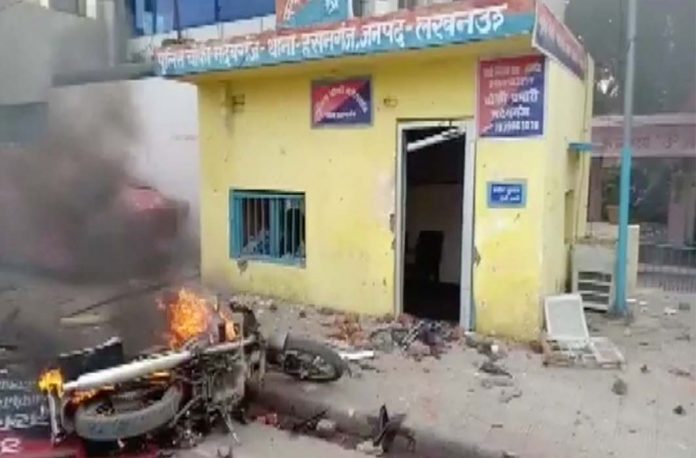In 2009, taking suo motu cognizance of various instances of destruction of public property and arson during demonstrations and agitations, the Supreme Court set up two committees which were headed by former apex court judge K T Thomas and senior advocate Fali S Nirman to suggest changes to the law to assess and recover the damages. The Supreme Court had suo motu laid down 10-point guidelines based on the recommendation of these two expert committees, in its judgment in Re: Destruction of Public and Private Properties Vs State of Andhra Pradesh and others.
The Thomas Committee recommended restitution of the damages incurred by shifting the burden of proof from the prosecution to the protesters, once it is established by the prosecution that the property had been damaged in the direct action called by an organization, and the accused was part of such direct action. Once the burden of proof shifts to the protester, the accused is required to prove his innocence.
The court also asked the legislature to amend the law to give the court the power to draw a presumption that the accused is guilty of destroying public property. Such reversal of the burden of proof is applicable in cases of sexual harassment, rape and other such cases of similar nature, an exception to the general law that presumes the accused is innocent until the prosecution proves its case.
The Supreme Court bench also said that in the absence of legislation, the high court could take suo motu cognizance of any such instances of mass destruction to both public and private property due to protests and agitations. All the claims related to the damages are to be processed by the High Court.
The High Court of each state is expected to set up investigative machinery to investigate the damaged caused and assess the amount of compensation to be awarded. In case, where the damage has taken place in more than one state, the action may be taken by the Supreme Court, instead.
In every such case, the High Court or Supreme Court, whichever is the case, is required to appoint a sitting judge or district judge as a claims commissioner to fix the liability and award the damages. The Court can also appoint an assessor to assist the claims commissioner. The commissioner can rely on video recordings from private or public property to identify the perpetrators and examine the damage. The executive of state government cannot unilaterally decide exemplary damages without any judicial inquiry. The executive cannot be a judge in its own case and penalize a person who is just an accused. There must be an opportunity of hearing against whom the claim is filed.
Liability can be fixed in a manner so as to proportionately divide the share of the damage between the perpetrators and organizers keeping in mind their roles in the damage.


